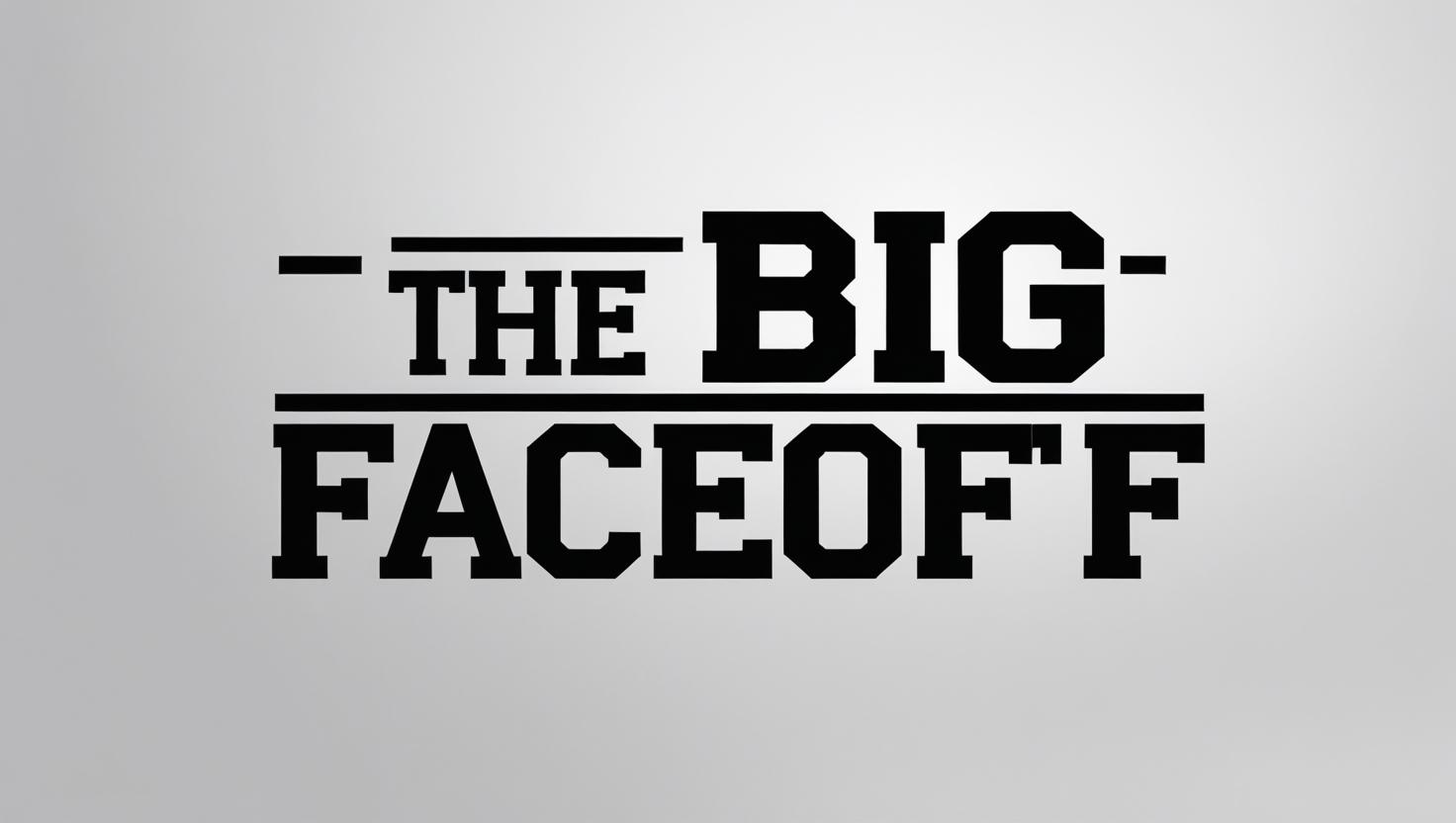Goaltending has always been about one thing — stopping the puck. But how goalies do that has evolved faster in the last 20 years than at any other point in hockey history.
We’ve moved from stand-up netminders of the ‘80s, to the classic butterfly of the 2000s, to a new hybrid approach that’s rewriting the rulebook. This “Butterfly 2.0” isn’t just about dropping to your knees — it’s about precision positioning, proactive reads, and micro-adjustments that steal goals in ways fans barely notice.
The Butterfly Revolution
The butterfly style — popularized in the late ‘80s and early ‘90s by goalies like Patrick Roy — changed the game forever. Instead of standing tall, goalies dropped to their knees, sealing the ice with their pads and forcing shooters to aim high.
The advantages were obvious:
-
Less five-hole exposure
-
More predictable saves on low shots
-
Better coverage of lateral plays
But the classic butterfly had weaknesses — namely, slower recovery and vulnerability to high-glove shots.
Enter Butterfly 2.0
Today’s NHL goalies have adapted. “Butterfly 2.0” keeps the same ice-sealing principle but adds new layers:
-
Narrower stance before the drop — allowing quicker lateral movement.
-
RVH (Reverse-VH) post integration — a post-hugging technique for sharp-angle plays.
-
Active hands — gloves positioned further forward to cut shooting angles.
-
Posture control — leaning forward slightly to take away high shots without opening low gaps.
It’s less about the act of dropping, and more about arriving in the butterfly at the right time, from the right angle.
Positioning: The Chess Match in the Crease
The modern goalie’s positioning starts long before the shot. NHL netminders are trained to:
-
Track the puck carrier’s eyes to anticipate shot or pass.
-
Read stick blade angle for quick reaction clues.
-
Adjust depth — challenging at the top of the crease for point shots, retreating slightly for lateral passes.
Micro-movements matter. A three-inch adjustment in depth can change a shooter’s target area by nearly a foot.
Case Study: Igor Shesterkin
The New York Rangers’ star goalie is a perfect example of Butterfly 2.0 in action. Shesterkin uses:
-
Aggressive depth against rush chances.
-
Lightning-fast RVH transitions to shut down wraparounds.
-
Quick glove flashes from a forward-leaning butterfly stance.
The result? Consistent top-5 save percentages despite facing some of the league’s highest shot volumes.
Beyond 2.0 — What’s Next for Goalie Positioning?
As shooters continue to improve with deceptive releases and cross-ice passing, expect more evolution:
-
Pre-shot slides to get set before release.
-
Integrated puck tracking tech in goalie training for real-time positioning feedback.
-
More hybrid depth play — goalies starting deeper to read the play, then exploding forward at the last second.
The arms race between shooters and goalies never stops. For now, Butterfly 2.0 is winning its share of battles. But in the NHL, styles change fast — and the next revolution might already be in development.
Final Take:
The butterfly didn’t die — it adapted. In the hands (and pads) of today’s goaltenders, it’s faster, smarter, and deadlier than ever.












0 Comments